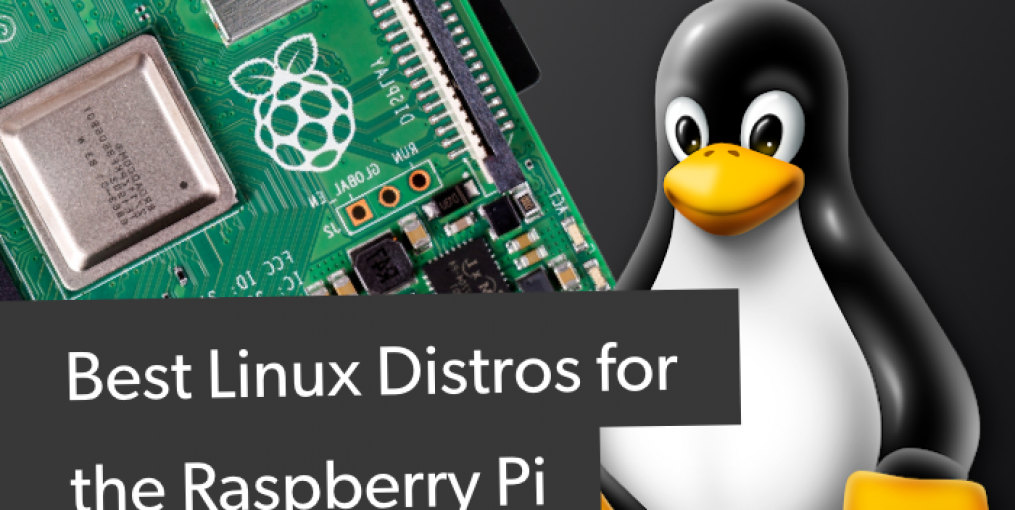

- #Raspberry pi media center os flash support series
- #Raspberry pi media center os flash support windows
It's a cheap, low power computer best suited to simple/dedicated applications. The Zero is what you put into the projects you develop on the Pi3. The Pi3 is 7-8 times faster than the Zero, has much more connectivity options, and needs fewer accessories (which helps to offset its higher cost). The Raspberry Pi3 is the one you want if your goal is to use it as an inexpensive, compact desktop computer.
#Raspberry pi media center os flash support series
The Pi-Zero series are not well suited to general computer use (the one USB port, lack of analog audio and slower single core CPU are pretty significant limitations). You can turn your Pi into a NAS, mail server, and all kinds of special uses, but we need to know what you want to do with your system before we can make a proper suggestion. The "best" OS depends on what you want to do with the system. If you want to turn your Pi into a dedicated media center, then LibreElec (or any of the other ones based on Kodi) would be a good solution.

If you are looking for a minimal OS to use with a headless system via SSH, then Raspbian Jessie Lite is the way to go. If you are looking for a typical desktop operating system to use the Pi-Zero W like a "normal" computer, then Raspbian Jessie with Pixel is the one you want. Everything is put onto an SD card (CM has built-in flash memory).
#Raspberry pi media center os flash support windows
Raspberry Pi computers have no onboard OS, or even a system BIOS like your typical Windows box. The Pi Zero Has no OS, it must reside on the SD card? I see a Youtube video out there loading up LibreELEC. What version of OS is for the Pi Zero W? Rasbian, Whezzy, Libre? Personally, I use high0end SD cards due to price, but do use USB drives when running data intensive apps like databases.Marine_hm wrote:I'm new to Pi, I see all these names for OS's. MicroSD on the PI has the advantage of being all internal, so not USB drive is flopping around, as well as offered decent performance when you do not need sustained I/O, or strong random I/O. USB drives generally have better performance, due to the more advanced controllers in the SSD drives, as well as offering larger drive sizes. So this big question, USB drive of MicroSD. V60 – Hard to find and more expensive these cards should support up to 60 MB/s.UHS-3, and V30 The cards of UHS 3 has a speed of 30 MB/s.UHS is a newer standard, focused on better performance. Class 10, also known as V10 and UHS-1 – As the name implies, the cards own a writing speed of 10 MB/s, this is the slowest cards I personally use.Class 6, also known as V6 – SD cards belonging to this class carry a writing speed of 6MB/s.

SD cards are categorized based on their speed rating in various SD card classes. and from experience it is easier to find a reliably fast USB drive vs a Micro SD card. Most MicroSD cards max out well under the performance seen with USB based SSDs, due to the difference in the I/O architecture between the devices. In theory, the USB is capable of over 640MB/s and the MicroSD interface 290MB/s, but due to device quality these results are rarely seen. This is in part to several factors, mainly the quality of the SD card itself, as well as how I/O is managed on the PI. Here, we really start to see the performance limitations of the SD card, with not only the performance degrading to 21.0 MB/s on read, but also 17.2 MB/s on the write, but more importantly the performance is not as stable, with a significant hit on the start, and towards the ends of the test we start to see the cache being unable to keep up, and performance drop to under 12 MB/s on reads and writes. Switching over to the microSD card, we see a much different result. Overall, not bad performance at all, for a PI. When running against a USB SSD the system was able to sustain 34.8 MB/s on the read, and 35.6 MB/S on the write, with no significant variances in performance. It’s a quick any easy way to look at throughput and latency.Īll test were with 1000 throughput samples, and 1000 latency data points with 10MB data sizes. For the comparison, I am using the gnome dish benchmark tool. This short series of BLOGs will compare several performance options for the Raspberry, PI, including the type of connection ( USB vs SD Card), Brand of SD Card ( two different U3 cards), and also the distro, comparing Raspbian vs the Oracle Linux distro and it’s UEK Kernel.įor this first test, let’s compare the performance with a MicroSD Card vs a USB3 device. Recently I saw some discussion about storage performance on Raspberry PIs, with the focus being on performance between the MicroSD card vs.


 0 kommentar(er)
0 kommentar(er)
